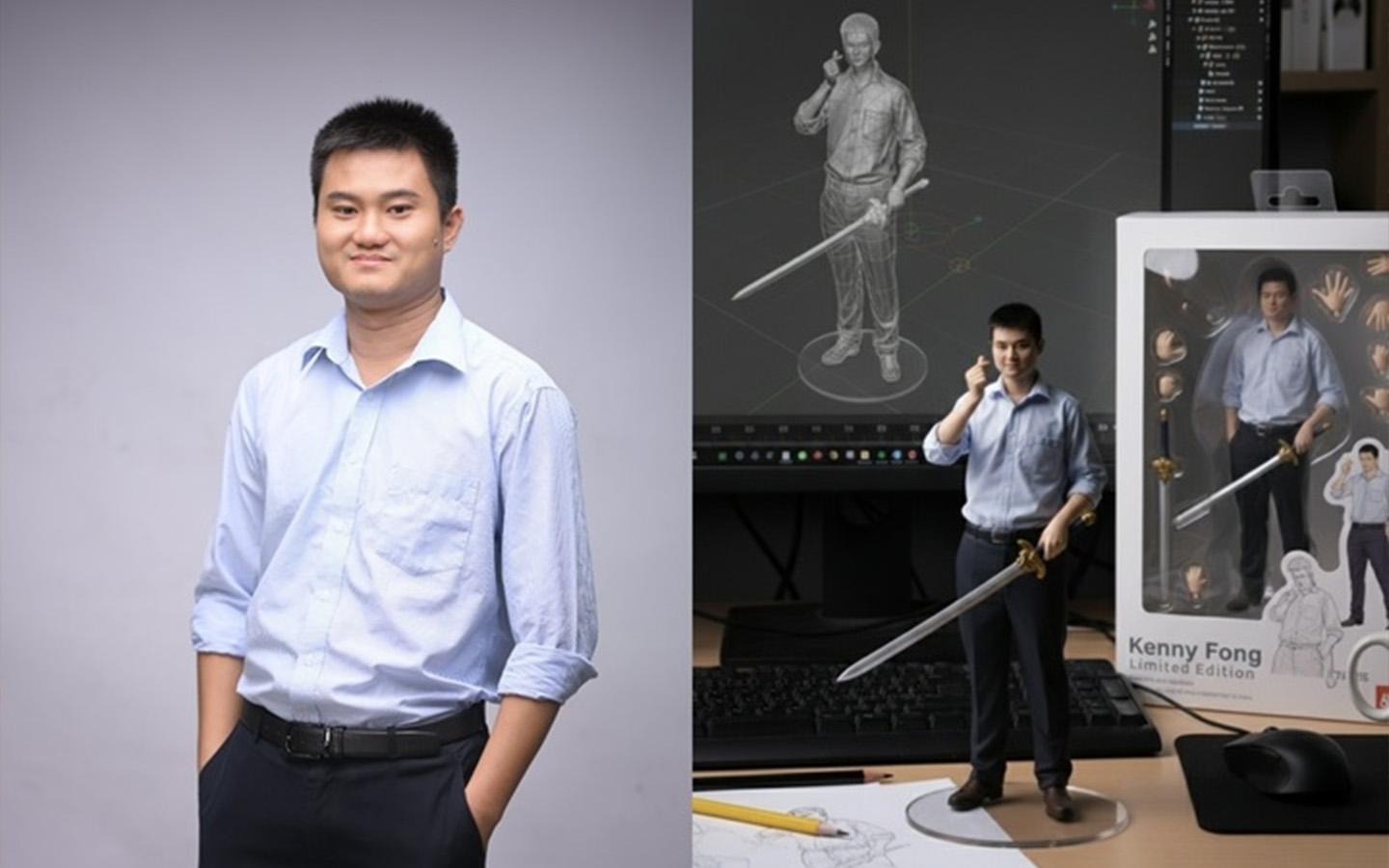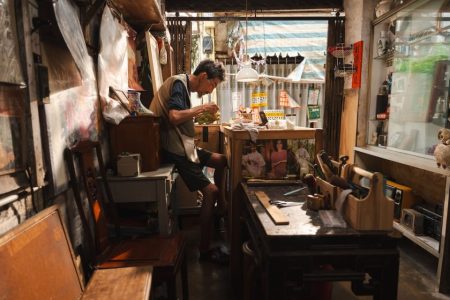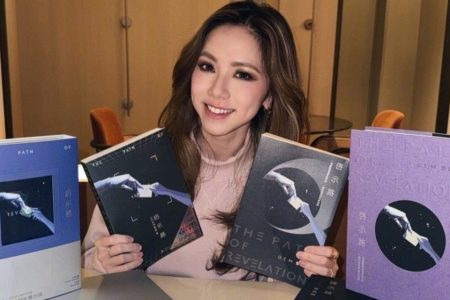In the span of only a few short years, artificial intelligence (AI) image generators have jumped leaps and bounds, producing increasingly sophisticated and lifelike images in a matter of seconds through the use of simple text descriptions.
One of the latest advancements is Google’s Gemini 2.5 Flash Image, better known by the nickname “Nano Banana.” Released on 26 August, this AI image tool has become a bonafide hit, attracting more than 23 million new users and producing over 500 million images, according to the vice president of Google, Josh Woodward.
Nano Banana represents a major improvement over previous editions, as it features powerful new functions, including one that allows users to upload a preexisting photo of a person or pet and reimagine it in a completely different context, without distorting the look of the model.
[See more: AI will make us ‘rediscover what it means to be human,’ expert promises]
Social media users, especially those in Asia, have already embraced the new feature by turning everyday photos of a person, animal, character or object into ones where they are reimagined as a 3D action figure.
Continue reading to find out more about the Nano Banana AI action figure trend, including how to create your own images, as well as the privacy and legal concerns.
Why are people turning themselves into AI-generated images of action figures?
Well, why not? Novelty is one of the main reasons why so many social media users are creating AI images of themselves as miniature figurines. The idea of seeing a hyperrealistic image of yourself – or someone you know – in toy form, in a matter of seconds is fun and gives you nifty images to share online.
The Studio Ghibli AI image trend that swept the social media landscape earlier this year had a similar driving force, with social media users transforming images of themselves and others into ones based on the iconic Studio Ghibli art style.
The current figurine trend is also bolstered by the relative ease with which people can create such images. As social media analyst at eMarketer, Jasmine Enberg, told the BBC, “generative AI makes it easier and quicker for people to create and jump on trends.”
AI figurine images have been particularly popular on social media platforms in China, which was home to a guzi (谷子 or pop culture collectables) and merchandise market worth a staggering 168.9 billion yuan (US$23.19 billion) in 2024. For young people in China, reimagining themselves as AI-generated toy figures allows them to flip the guzi culture on its head, as they can simultaneously be the collector, the product and subject of attention.
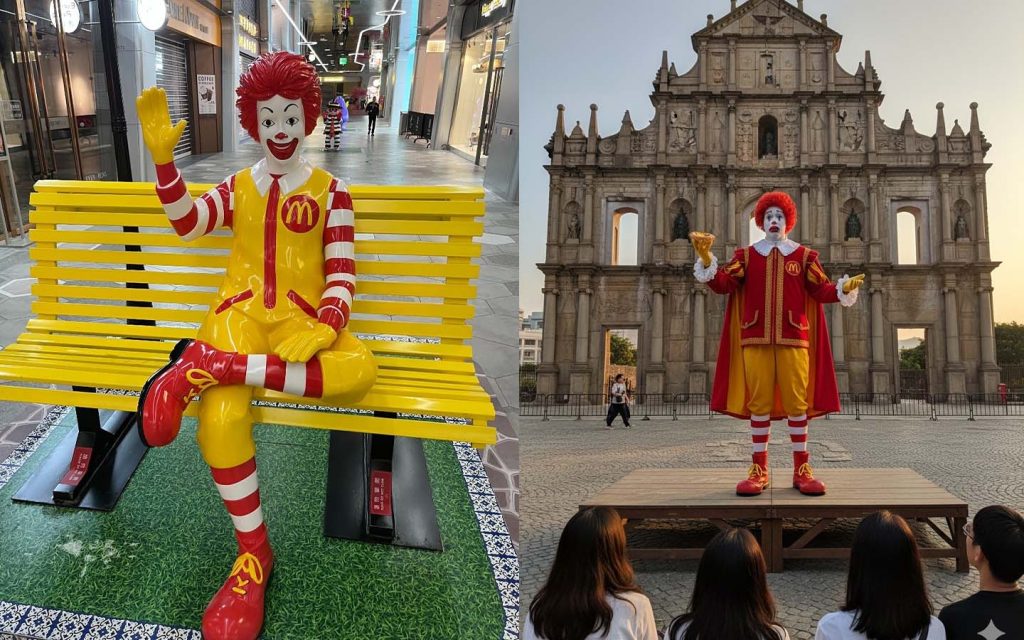
How can I make my own Nano Banana action figure image?
Follow the steps below to create your own 3D action figure image using the Gemini AI chatbot’s Nano Banana image tool.
(1) First access Gemini either through the website or mobile app. Gemini is not available in certain parts of the world, including Macao, meaning that you’ll need to use a VPN.
(2) Upload your image onto Gemini. Keep in mind that Gemini does not produce images based on pictures or prompts that violate its guidelines.
(3) Enter Google’s official prompt for generating a 3D action figure image based on the uploaded photo. You may need to adjust the language and wording to ensure it fits your needs.
Create a 1/7 scale commercialized figurine of the characters in the picture, in a realistic style, in a real environment. The figurine is placed on a computer desk. The figurine has a round transparent acrylic base, with no text on the base. The content on the computer screen is a 3D modeling process of this figurine. Next to the computer screen is a toy packaging box, designed in a style reminiscent of high-quality collectible figures, printed with original artwork. The packaging features two-dimensional flat illustrations.
(4) Your image will be ready after a few seconds. Download it and post it onto social media.
Is there a way to make my Nano Banana action figure image move?
Yes, it is possible to create a short 8-second video based on your Nano Banana action figure image using Gemini’s Veo 3 AI video-making tool. The only caveat is that you need to be subscribed to either Google AI Pro or Ultra. After you have a subscription, it is just a matter of uploading your image onGemini, going to the “Tools” menu at the bottom of the prompt box, selecting “Videos with Veo” and composing a description of your video based on the picture.
Of course, if you don’t wish to use Gemini, there are other AI image to video generators available, including DeeVid AI. Many of them, however, will require a subscription to access their full functionalities.
Should I be concerned about privacy and copyright?
When using Gemini, keep in mind that Google will retain any data that you share and produce, including images and chat logs, for purposes such as the training of its AI model. As human reviewers will also go through some of the data, the tech company also advises people to not “enter confidential information that you wouldn’t want a reviewer to see or Google to use to improve our services, including machine-learning technologies.”
In terms of copyright, the waters are even murkier, as many of the AI-generated figurine images feature either the exact logo of the Japanese toymaker Bandai or a distorted version of it, making it a potential landmine for unauthorised trademark use. The emergent nature of generative AI has, however, meant that preexisting laws are not fully equipped to deal with some of the challenges that it poses. As a 2025 EU report on generative AI and copyright notes, “if [AI] outputs are substantially based on or resemble training data, questions of copyright infringement may arise, but there is little guidance in current legislation or case law on how to assess this.”
Can I actually obtain a physical action figure of myself rather than just an image?
Yes. There are services available that can help you create a custom physical figurine of yourself or a loved one. For example, in Hong Kong, Beets Limited provides a 3D printing service that can create a chibi cartoon version of a person based on an AI-generated image, with prices ranging from HK$500 to HK$1,000.
There are also other companies in Hong Kong and mainland China that can produce handmade figures based on reference photos of a person. Several Hong Kong-based companies that offer this service include Crew Figures, Cute Figure HK and Figure Concept.
Mainland alternatives are available as well, with some companies accepting online orders via Taobao. Chinese language skills may be needed in some cases to ensure that the artist can create a doll that meets your specifications.
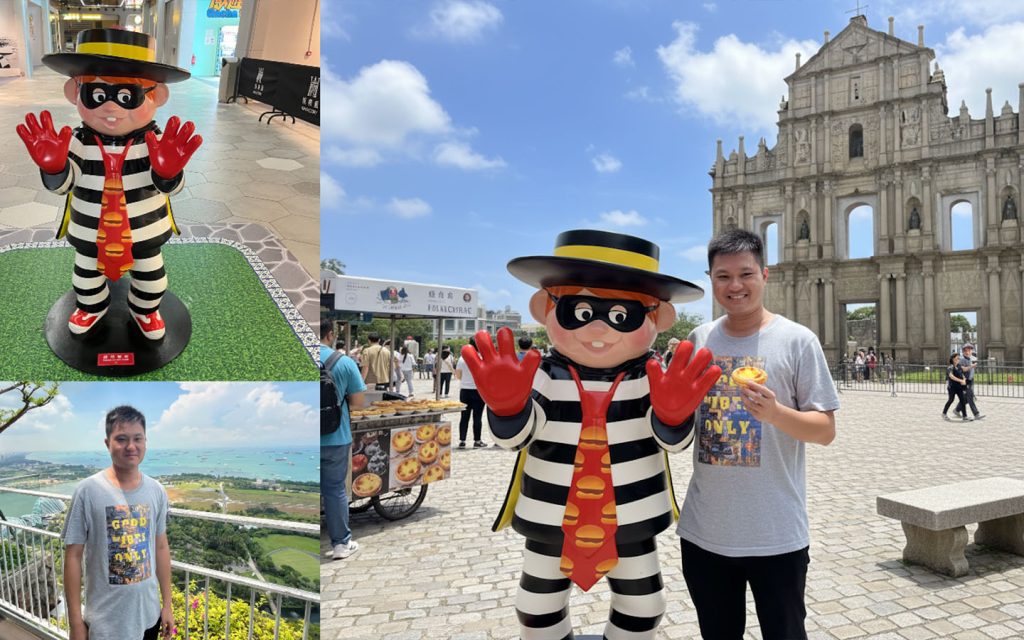
What other crazy image prompts can I try on Nano Banana?
The capabilities of Nano Banana are only limited by the user’s imagination. Here are some other ways you can manipulate your preexisting images.
1) Transport yourself to a different era
Example prompt: Create a photo of me in the 1960s wearing hippie-style fashion and a peace sign pendant around my neck. My hairstyle, background and overall look should be in sync with the era.
2) Hang out with a famous person in a world landmark
Example prompt: Create a photo of me together with (celebrity name) in (landmark name).
3) Insert yourself into a TV show or movie
Example prompt: I want a photo of me as a contestant in the TV show Squid Game, with the VIPs watching over me and the other contestants in the background.
4) Adorn yourself with expensive jewellery and luxury handbags
Example prompt: I want a photo of myself wearing multiple Tiffany & Co jewellery, as well as carrying a Louis Vuitton bag on each hand
5) Remove your ex-boyfriend or ex-girlfriend from the imageExample prompt: Get rid of the man/woman in the picture
